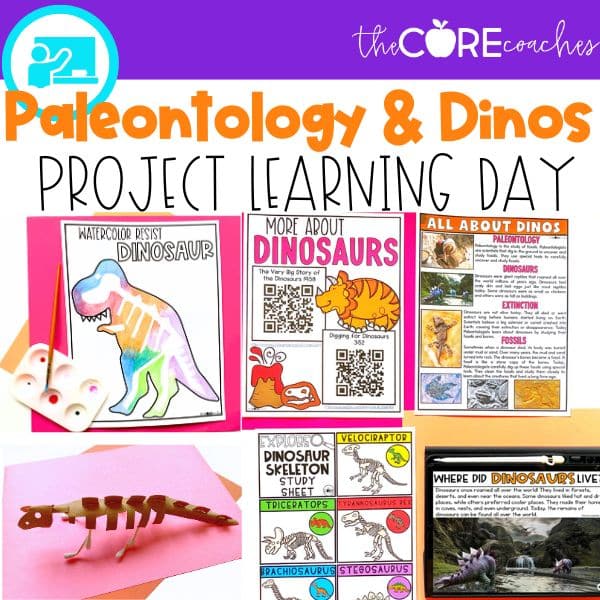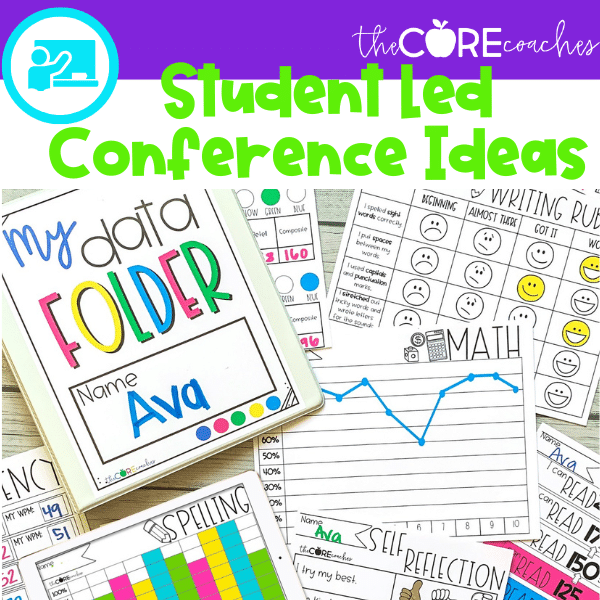Why are listening comprehension activities important in first grade?
Listening is a skill that teachers hope all their students are good at. If students are good listeners, it usually means they are going to be attentive and well-behaved during lessons. What appears to be listening though, doesn’t always equate to understanding. If you have ever given directions to a perfectly quiet class, only to have a student ask “what are we doing?” once you finish the directions, you know exactly what we are talking about!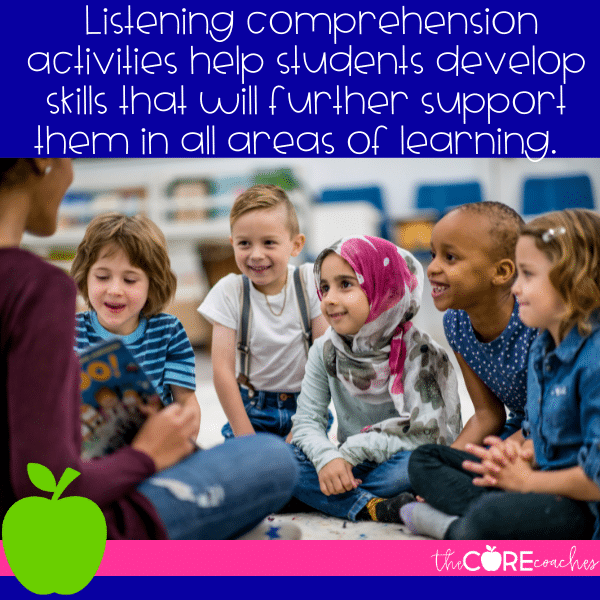
Engaging students in listening goes beyond only needing them to understand directions. Students need to have proficient listening skills in order to comprehend what they hear. Beyond that, listening comprehension is closely tied to reading comprehension and writing comprehension. All three types of comprehension are important. This is why listening comprehension activities are important for first grade – they are the first step in helping students develop skills that will further support them in all areas of learning.
One of the most important skills listening activities help teach students is how to pay attention to details. This one skill, paying attention to details, can help students become better readers, writers – and listeners.
The next question then is, how do you engage students during listening activities – in order to develop comprehension?
How do you keep students engaged during listening activities?
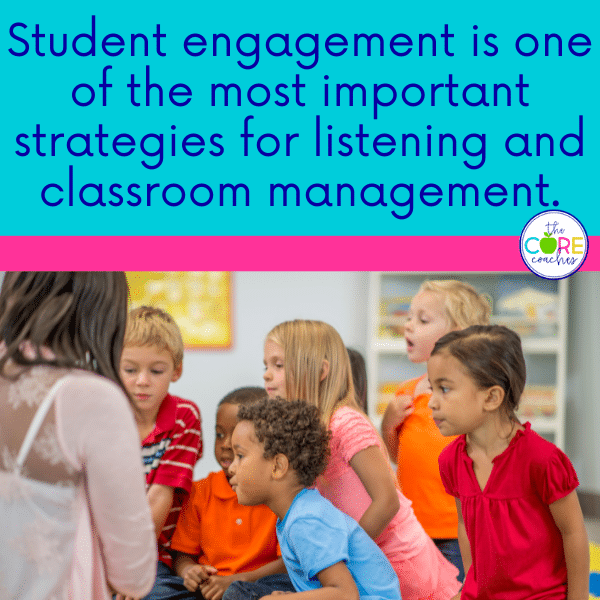
Student engagement is one of the most important strategies for not only effective listening, but overall effective classroom management. This is why the same strategies used for managing the classroom apply to listening activities.
- Use a variety of instructional styles to engage students: first and second graders have a short attention span, this means that they need variety to stay engaged.
- Give students opportunities to respond while listening: students need to be a part of the lesson from beginning to end. Give them opportunities to respond throughout the lesson to keep them engaged and to assess their understanding.
- Hold students accountable: set expectations for students to meet for each lesson. During group work this could be assigning each student a task/role to complete, that requires them to listen to the other group members.
- Use clear classroom procedures: students must demonstrate effective listening in order to follow classroom procedures.
To learn more about these engagement strategies, checkout our classroom management course where we go into more detail and provide resources to use in your classroom.
What are listening comprehension activities?
Any activity that requires students to demonstrate what they heard can be considered a listening comprehension activity. The demonstration of learning is the key piece of a just a listening activity and a listening comprehension activity.
Digital Learning Quests are our favorite listening comprehension activity. These are mini themed units that we designed for independent learning. So, how does an independent learning activity develop listening skills? Take a look at the outline below to find out!
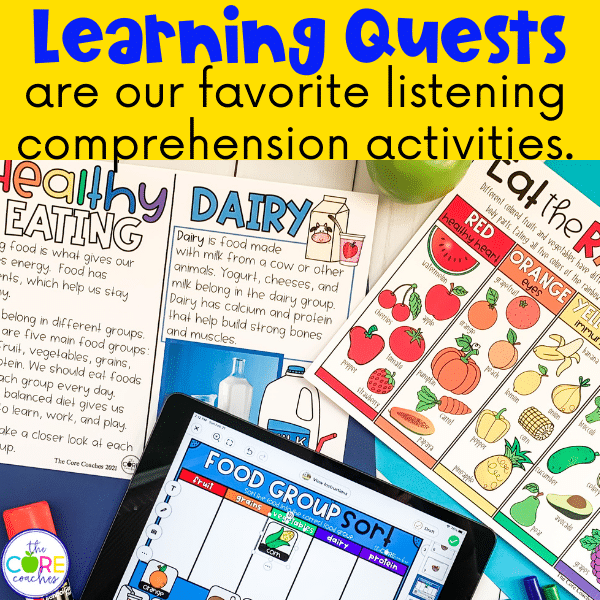
DIGITAL learning quest activities include:
- Focus activity
- Informational texts with pre-recorded audio that can read aloud to students
- Note-taking sheets to record learning from the texts
- Variety of interactive learning activities with moveable pieces
- Links to video clip (videos linked to YouTube)
- Writing response pages
- Quizzes for each topic
The primary listening comprehension activities in a learning quest are the pre-recorded audio for an informational text and the video clips. Both of these activities require students to listen closely in order to record their understanding.

The pre-recorded informational text includes a note-taking sheet for students to write what they learned. It also includes interactive learning activities that require students to use what they heard during the recording. The video clip is followed by a writing response page. The final activity is a quiz that assesses students on what they have learned – through listening. Learn more about the Oceans Learning Quest here.
Learning quests are a great example of an activity that requires students to quickly demonstrate what they heard. They also help develop listening skills because they engage students and allow students to work at their own pace.
Remember that all students learn differently and at different paces. Allowing students to work at their own pace allows them to go back and listen to the recordings again; rewatch the videos. This teaches students how to take responsibility for their learning, as it requires them to go back and listen as many times as needed in order to understand. Try this FREE Friendship Learning Quest and have your students practice listening comprehension today.
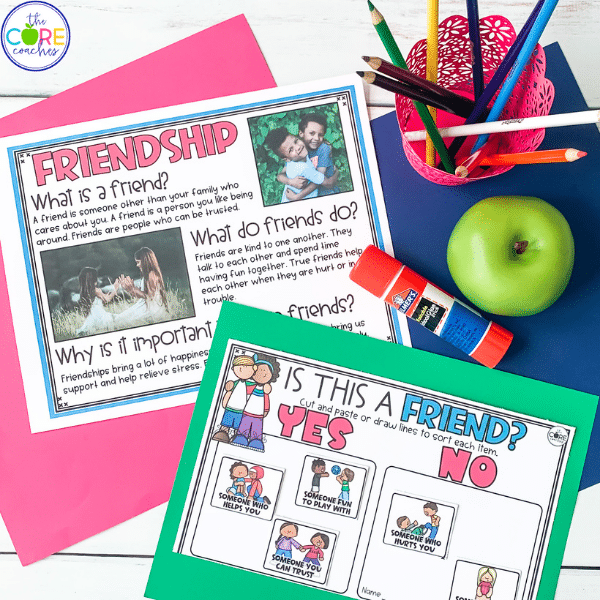
In all our years of teaching, learning quests are one of the most effective ways we have found to help students create listening skills. Through their listening comprehension, they also have to demonstrate reading comprehension and writing comprehension. Learning Quests really are some of the best complete mini units we’ve created for first and second graders!
If you’re looking for digital learning ideas you may be interested in our digital learning blog posts such as:





